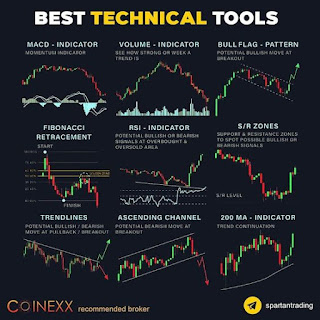Technical analysis is a key tool that traders use to forecast market trends and make informed decisions. While there are a wide variety of technical analysis techniques available, some advanced techniques can provide a deeper level of insight and can be particularly useful for forecasting market trends.
Here are a few advanced technical analysis techniques that traders can use to forecast market trends:
Elliot Wave Theory: This theory is based on the idea that markets move in predictable patterns, known as waves. By analyzing the patterns of waves, traders can make educated guesses about where the market is headed.
Fibonacci retracement: This technique involves drawing horizontal lines on a chart at key levels of support and resistance, based on the idea that markets will often retrace a predictable percentage of a move. These levels can be used to make informed decisions about potential trade entry and exit points.
Ichimoku Cloud: This technical indicator is a combination of several different components, including moving averages, support and resistance levels, and momentum indicators. It can be used to identify trends, identify potential trade entry and exit points, and assess overall market conditions.
Gann fan: This technique involves drawing diagonal lines on a chart, with the idea that the angle of the lines can be used to forecast market trends.
Bollinger bands: This technical indicator is a measure of volatility, and consists of a moving average and two standard deviation bands. When the bands are wide, it can indicate high volatility, while narrow bands can indicate low volatility. Traders can use Bollinger bands to identify potential trade entry and exit points, and to assess overall market conditions.
By incorporating these advanced technical analysis techniques into your trading strategy, you can gain a deeper level of insight into market trends and make more informed decisions. It's important to remember that technical analysis is just one tool in a trader's toolkit, and should be used in conjunction with fundamental analysis and a solid risk management strategy.

Comments
Post a Comment